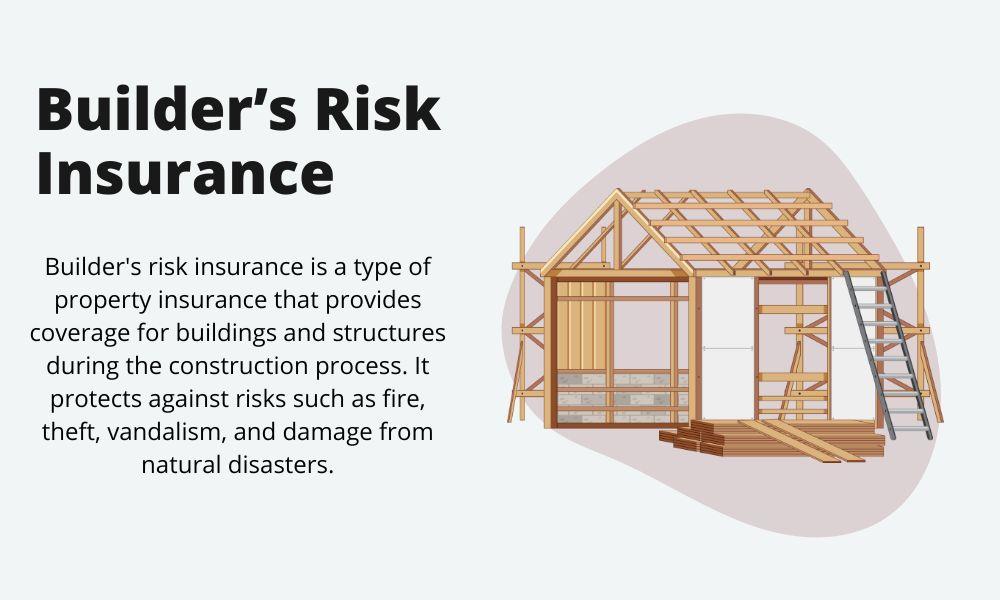Navigating the Complex World of Construction Insurance Costs
Construction projects, from modest homes to towering skyscrapers, represent substantial financial commitments and intricate logistical challenges. Successfully navigating this landscape demands meticulous planning and robust risk management strategies. A cornerstone of this strategy is comprehensive insurance coverage. This post delves into the multifaceted world of construction insurance, providing actionable insights to help you protect your investments and ensure project success.
Understanding the Essentials of Construction Insurance
Why Construction Insurance is Crucial
Construction insurance isn’t just a box to tick; it’s a vital safeguard against the inherent risks of the industry. Unforeseen accidents, material damage, legal disputes, and even weather-related delays can cripple a project financially. A well-structured insurance policy acts as a financial buffer, minimizing the impact of such unforeseen events and ensuring the project’s continued viability. This protection is crucial for all stakeholders, from contractors and developers to subcontractors and project owners.
The Breadth of Construction Insurance Coverage
The term “construction insurance” encompasses a diverse range of policies, each designed to address specific risks. These policies offer comprehensive protection against a spectrum of potential problems, covering everything from property damage and bodily injuries to equipment loss and liability claims. This broad coverage is essential given the complex and often hazardous nature of construction work.
Key Types of Construction Insurance Policies
This section breaks down the most common types of construction insurance, highlighting their specific functions and importance:
1. General Liability Insurance
This is a foundational policy, shielding your business from third-party liability claims arising from bodily injury or property damage caused during construction. It’s a critical component for protecting your financial well-being and reputation.
2. Builder’s Risk Insurance
Protecting your project’s physical assets throughout the construction phase is paramount. Builder’s risk insurance covers damage or loss to the project itself, whether caused by fire, theft, vandalism, or natural disasters.
3. Workers’ Compensation Insurance
Protecting your workforce is not only ethically responsible but also legally mandated in many jurisdictions. Workers’ compensation insurance covers medical expenses and lost wages for employees injured on the job.
4. Professional Liability Insurance (Errors & Omissions)
This policy acts as a safety net against claims of negligence or faulty workmanship. It protects your business from potential lawsuits stemming from professional errors or omissions.
5. Contractor’s Equipment Insurance
Construction equipment represents a significant investment. This insurance protects your tools and machinery from loss, damage, or theft.
6. Commercial Auto Insurance

For vehicles used in construction operations, commercial auto insurance provides coverage for accidents and damages.
7. Surety Bonds
These bonds guarantee project completion and payment to subcontractors and suppliers, offering an additional layer of security for all parties involved.
Factors Influencing Construction Insurance Premiums
Several factors significantly impact the cost of your construction insurance premiums. Understanding these elements allows for better budgeting and potential cost optimization:
1. Project Size and Value
Larger, more expensive projects naturally necessitate higher coverage limits and, consequently, increased premiums. The value of the project directly correlates with the insurance required.
2. Type of Construction
The nature of the construction (residential, commercial, industrial) influences the risk assessment. High-risk projects, such as those involving hazardous materials, typically command higher premiums.
3. Project Duration
The longer the project timeline, the longer the insurer is exposed to potential risks, resulting in potentially higher premiums.
4. Location
Geographical location plays a significant role, considering local regulations, weather patterns, crime rates, and labor market conditions.
5. Coverage Limits and Deductibles
Higher coverage limits translate to higher premiums, while increasing your deductible can lower premiums but increases your out-of-pocket expenses in case of a claim.
6. Contractor Experience and Safety Record
Contractors with a proven track record of safety and minimal claims history often qualify for reduced premiums.

7. Subcontractor Management
Ensuring your subcontractors maintain adequate insurance coverage significantly impacts your overall insurance costs and liability.
Cost Estimations and Optimization Strategies
Understanding the average costs associated with different insurance types is crucial for effective budgeting:
Average Premium Ranges (Illustrative):
- General Liability: $400 – $1,500 annually per $1 million of coverage.
- Builder’s Risk: 1% – 4% of the total construction value.
- Workers’ Compensation: $0.75 – $2.74 per $100 of payroll.
- Professional Liability: $1,000 – $5,000 annually.
- Contractor’s Equipment: 1% – 6% of equipment value annually.
- Commercial Auto: $1,200 – $3,000 per vehicle annually.
- Surety Bonds: 0.5% – 3% of the bond amount.
These are just estimates; actual costs will vary widely based on the factors discussed previously.
Optimizing Your Insurance Costs
Minimizing insurance expenses without compromising vital coverage is achievable through proactive strategies:
- Implement robust safety programs. Prioritizing safety reduces accidents and lowers claims, leading to reduced premiums.
- Maintain a clean claims history. Promptly addressing claims minimizes the risk of premium increases.
- Bundle policies. Consolidating policies with a single insurer often results in discounts.
- Increase deductibles (carefully). Raising your deductible can lower your premiums, but consider your risk tolerance.
- Thoroughly vet subcontractors. Ensure subcontractors carry adequate insurance.
- Select appropriate coverage. Avoid unnecessary add-ons or excessive coverage limits beyond project needs.
- Partner with experienced brokers. Construction insurance brokers possess in-depth knowledge and can secure competitive rates.
Real-World Examples of Cost Optimization
Here are three case studies demonstrating how proactive risk management can translate into significant cost savings:
1. Residential Development
A 50-unit housing development saved $30,000 annually by implementing rigorous safety protocols and engaging insured subcontractors, resulting in a 15% premium reduction.
2. Commercial Office Construction
Investing in enhanced security measures in a high-crime area secured a 10% premium reduction for a $25 million office tower project.
3. Infrastructure Project
Comprehensive contractor’s equipment insurance prevented significant delays and financial losses when machinery theft occurred on a bridge construction project.
The Evolving Landscape of Construction Insurance
The construction insurance landscape is constantly evolving, influenced by technological advancements, economic shifts, and environmental factors:
- Technological advancements: Drones and AI are enhancing risk assessment.
- Sustainability: Green building practices are impacting insurance considerations.
- Cybersecurity: Data protection in construction management systems is increasingly important.
- Climate change: Increased frequency of natural disasters is leading to higher claims.
- Legislative changes: Insurance mandates and coverage options are subject to legislative changes.
Conclusion: Protecting Your Investment
Construction insurance is not merely a compliance issue; it’s a strategic investment safeguarding your business’s financial health, reputation, and long-term success. By understanding the nuances of construction insurance, proactively managing risks, and collaborating with experienced insurance professionals, you can navigate the complexities of the industry with confidence, protecting your investment, and ensuring your projects’ lasting success.
